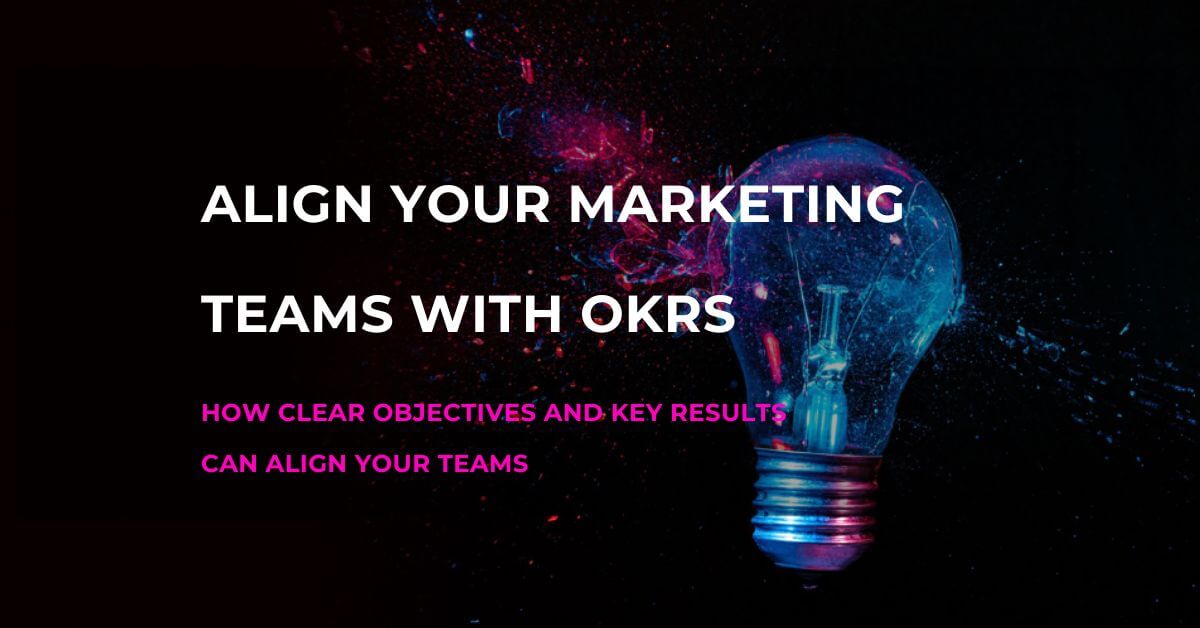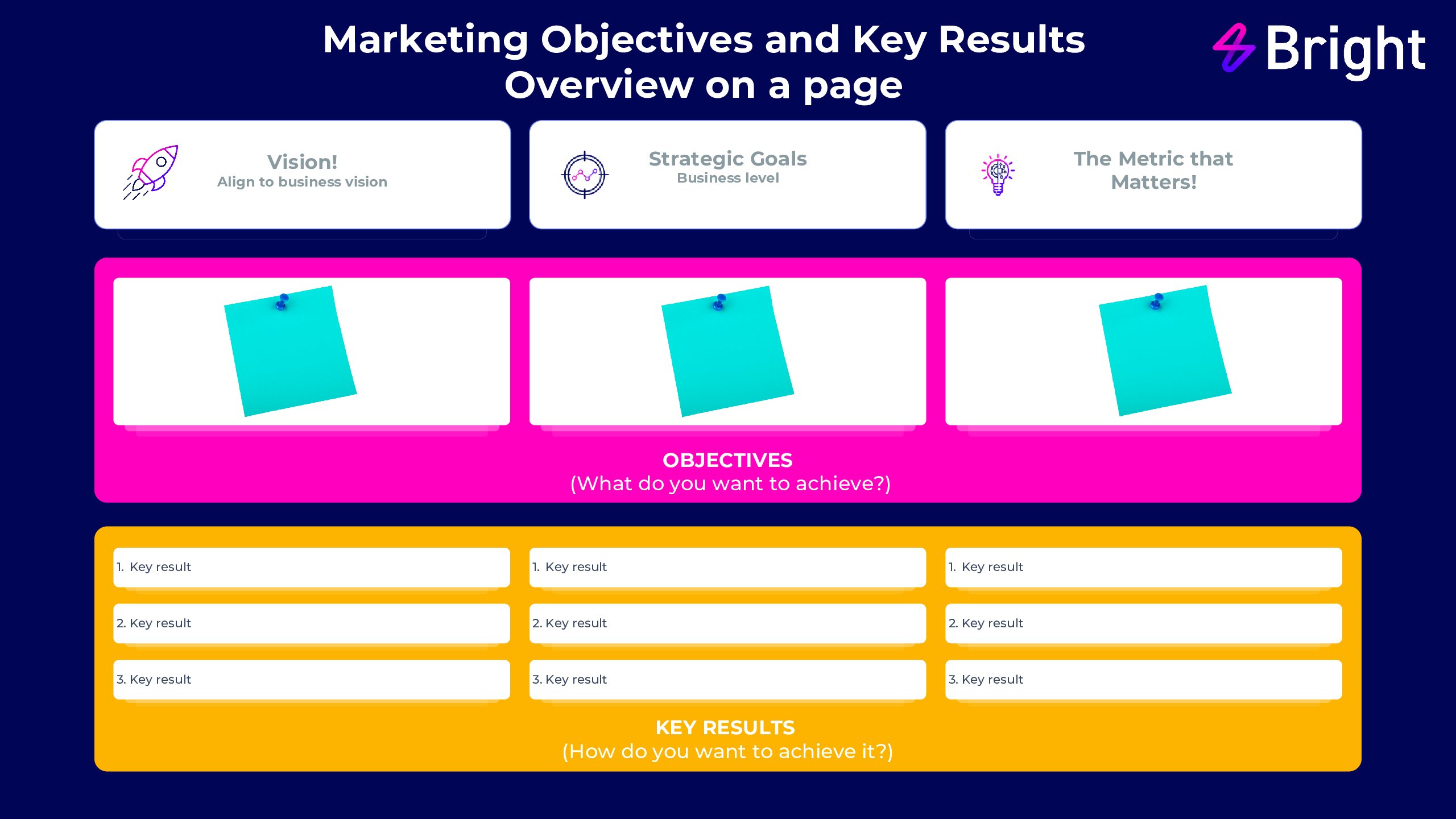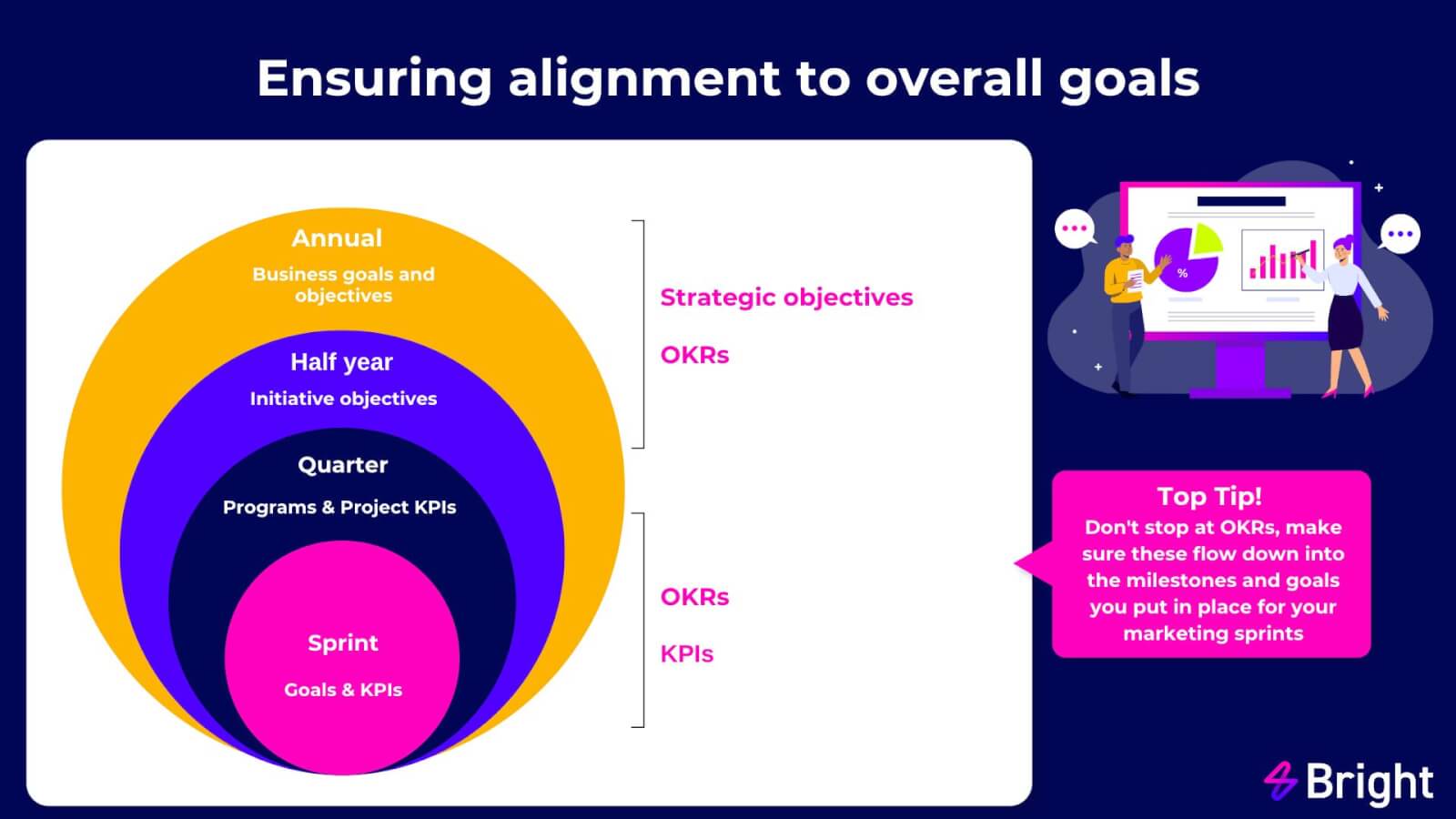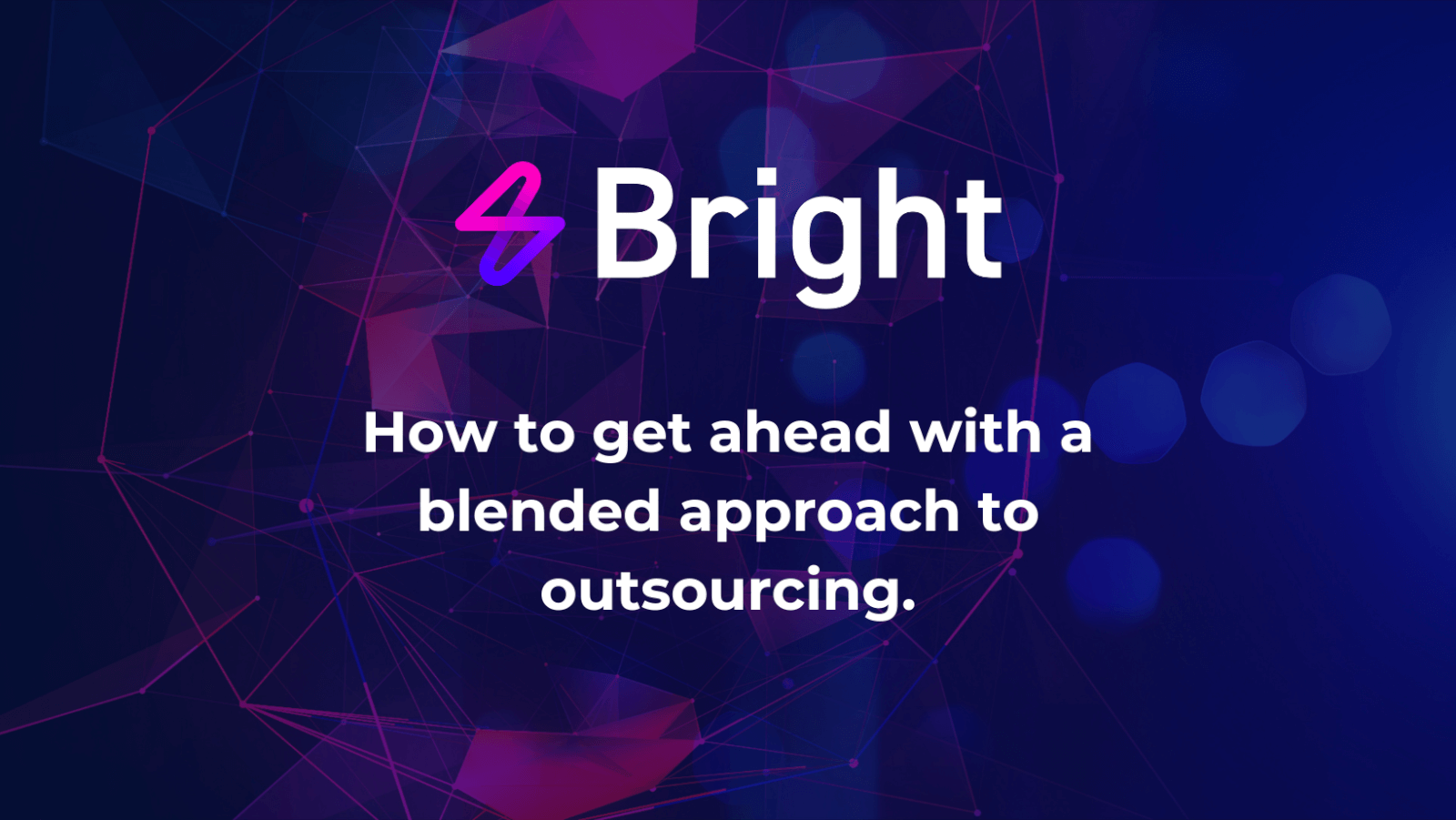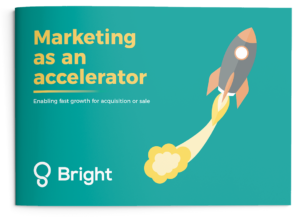“Change is constant”
We’ve all heard this or a variation of this expression. And whilst that may be the case, what’s also true is our innate resistance to it.
We tend to underestimate the level of change required in marketing transformation programmes and often aren’t prepared or willing to accept the likely drops in productivity, performance and potentially revenue. Leaders try to maintain current levels of performance whilst also asking their marketing teams to adopt the new/target state. Or worse, don’t actively manage the change and hope it will happen organically over time.
As time goes on, the transformation loses traction and momentum, marketing teams don’t see the results and eventually the programme stalls, leaving you back where you started or worse – with a confused and disenchanted team.
When it comes to marketing transformation there are two things to consider:
- What you are looking to transform and why
- How you will actively manage the transformation (the execution)
Poor execution is typically highlighted as the culprit when transformation goes wrong, but an interesting study by the Harvard Business Review suggested that not getting the ‘what to change’ part right is equally to blame.
Let’s take a look at both.
What are you looking to change
With any marketing transformation you’re ultimately looking to generate more value – whether that’s through improving marketing effectiveness, creating operational efficiencies or driving growth through better customer experiences
To start to understand what needs to change, you first need to listen – to your team(s), customers, and any other key stakeholders to identify the good (the things you want to keep or build on), the bad, and more importantly the underlying root causes across both.
This will give you insights and clarity on what underlying issues need to be addressed in your marketing – whether that’s process, capabilities, or technology and how you might start to address them.
Actively managing the transformation (the execution)
When it comes to managing and implementing change within your marketing teams there are a few key things to think about:
Shared Vision
Simon Sinek does a great job highlighting the importance of why everything should start with a purpose, including your transformation. Why are we changing, what are we looking to achieve?
If your teams don’t understand the outcomes you’re now looking for, this will lead to confusion, lack of buy-in for the transformation and discord within the team.
Skills
The next factor is skills. What skills or capabilities are needed to drive the transformation? For example agile marketing, data literacy, understanding of new technologies etc. Does your team have these, or do they have the training to enable them to execute on what they are being asked to do?
If the answer to any of these questions is no, and there are no plans to upskill or bring in the right skill sets, then you risk your team feeling anxious about how they are going to drive the change.
This is a great opportunity in the marketing transformation journey to review the skills you need now and in the future for a successful marketing team. Map your team skills and identify the gaps – note this isn’t about job titles, this is about the skills to plan and execute on your marketing activity.
Resources
I see a lot of businesses try to maintain current levels of performance whilst asking their marketing teams to adopt the new/target state or to do more with less, particularly during times of uncertainty and a poorer economic climate like the one we’re in now. This can lead to frustration.
What resources are available? Are they sufficient to drive the transformation? What additional resource is needed? And if it’s not possible to bring in additional resources, what can be deprioritised to ensure existing teams have the capacity to take on the new requirements?
These are all things that you need to consider and guide your teams on – so they can maintain focus on key business priorities and delivering value for the marketing function.
Incentives
When it comes to change, we must remember that we are dealing with people and that means thinking about how we make the change relevant to them, so they see the value and benefits.
Get this right and it can get you the consensus and buy-in needed to make the change work, get it wrong and it can lead to resistance.
When we talk about incentives this doesn’t have to be monetary. Developing new skills, whether that is in different areas of marketing, or new experiences across different markets or products can also be meaningful incentives. Whatever you choose, it’s important to be consistent, follow through with any promise and ensure it ties back into the shared vision.
Strategy
You wouldn’t go to market without a clear strategy so why should your transformation be any different? A clear strategy, milestones to work towards and plan of action for how you progress is key. This helps to monitor the transformation and give your teams a clear direction.
Without this, programmes risk false starts or a sense of moving around in circles and not gaining any traction with the programme.
Governance
Ensuring your programmes have a clear governance and framework in place is critical to success. Without governance it can cause inconsistency and slow progress due to confusion re who is in charge / where to go for support, back-tracking on decisions etc.
That means ensuring:
- Clear marketing transformation leadership roles
- Clear structure that organises and coordinates the transformation programme
- Clear processes and decision-making structure
Manage the change curve to realise impact of change at pace
In any marketing transformation there is going to be a dip in performance in the short term. As business leaders we must accept this with the view that the longer-term gains (improved customer experiences, ROI, and higher performing teams) will outweigh any short-term impact.
The aim of any change management process is to manage and address all the elements above to create a shorter dip and increased pace of sustainable change. If change is constant and inevitable, managing that change for a successful transformation is essential. If you’re not managing the marketing transformation, you are missing a key opportunity to harness change, which is happening in your team, but could be to the detriment of your marketing rather than improvement – direct the change, set a vision, and implement change sustainably.



